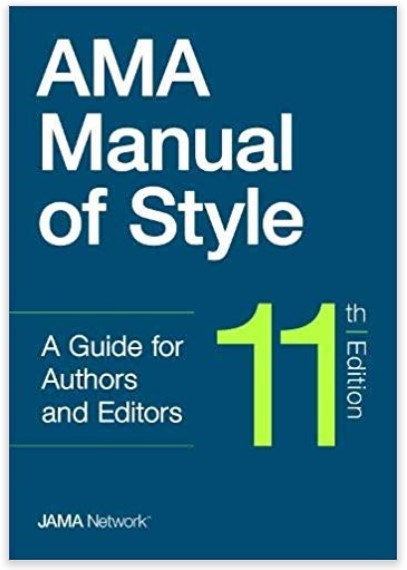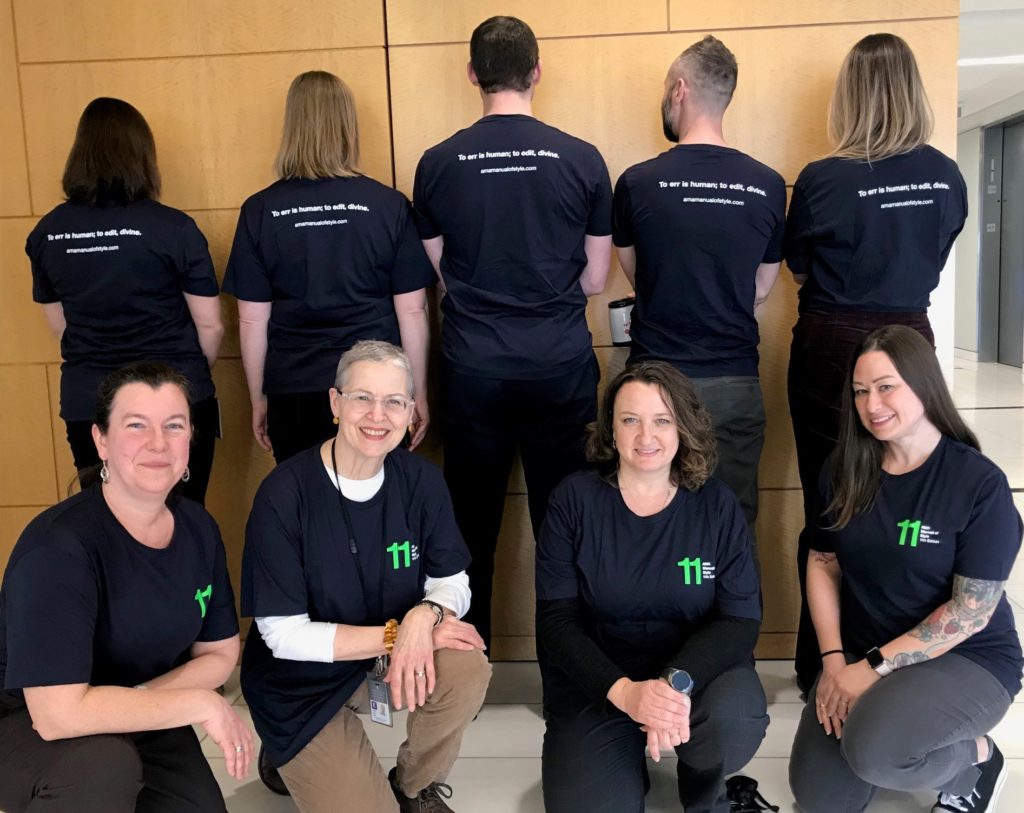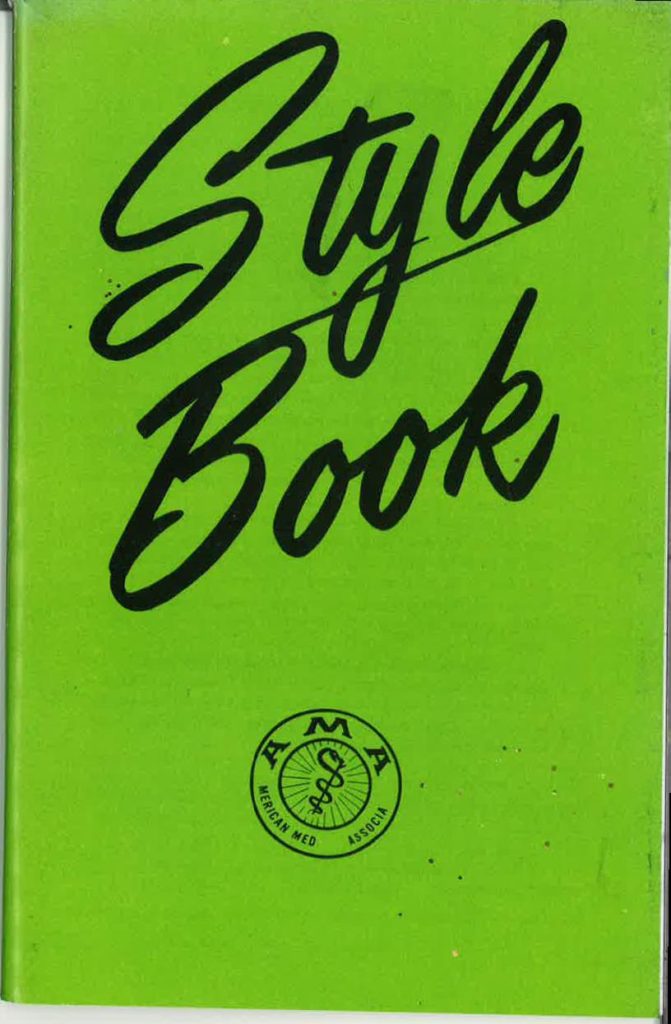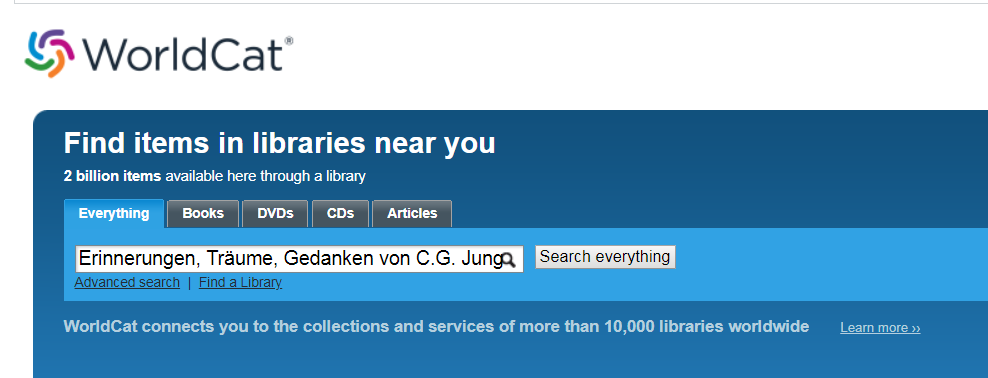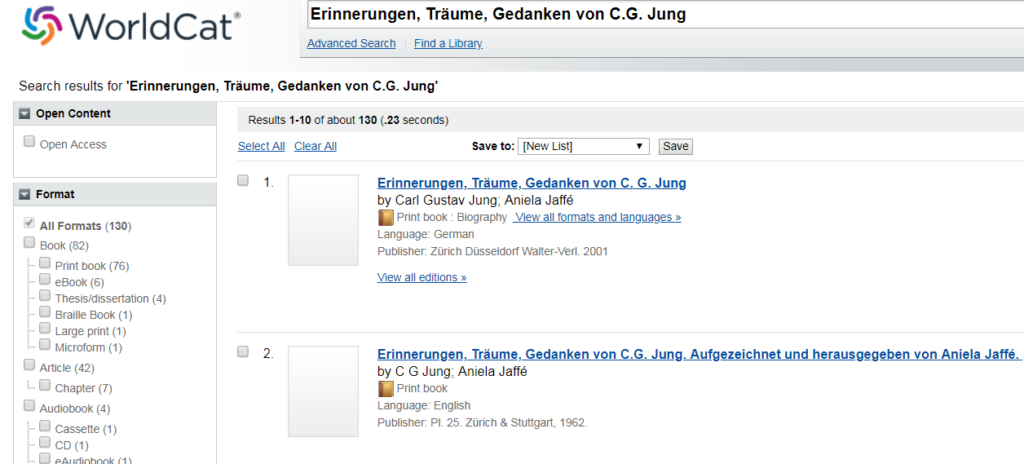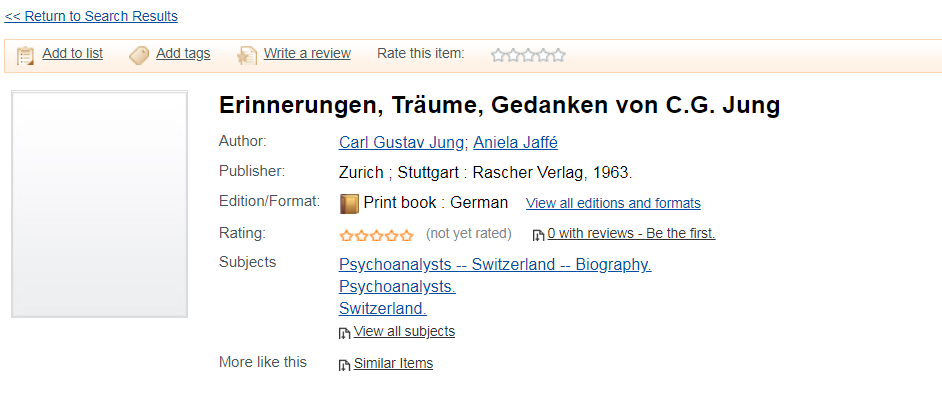Since I’ve been a manuscript editor, JAMA Network journals have published a few articles about health care for transgender patients. I’ve had the good luck to edit a few—they are always interesting—but this week, I realized that there is a grammatical issue in editing these articles that I have never heard fully addressed.
The issue is not what pronouns to use for transgender individuals—that question is well-known. Because the English language uses gendered pronouns, people who change their gender expression or whose gender isn’t accurately defined by labels are faced with several choices: should they go by she, he, a singular they, or a neologism, such as xe?
The news media has addressed this, including The New York Times articles in 2016 and 2017, with another written by transgender English professor Jennifer Finney Boylan in 2018. These articles often make the same points: that people can get confused by this transformation of language, but that people who want to use pronouns that reflect a gender different from their assigned sex should have their wishes respected. This squares with the approach used in JAMA Network journals.
But it also raises a question rarely addressed: what about verb conjugation? In the present tense, English applies a letter s to the third-person singular (he, she, or it runs) but not to the first-person singular, first-person plural, second-person singular, and third-person plural (I, we, you, and they run). So, if an article uses a singular they, should it be conjugated like the third-person plural (run) or like the third-person singular (runs)?
While editing, I have realized that the default method of using the singular they along with someone’s name (or a descriptor, such as the patient) involves flip-flopping between singular and plural verb conjugations (eg, “The patient is receiving gender-affirming treatment, and they are pleased with the outcome thus far”). A consistent use of the singular they would seem to require using third-person singular conjugations throughout (“The patient is receiving treatment…. They is pleased…”) or plural conjugations throughout (“The patient are receiving treatment…. They are pleased….”). Is either approach correct?
The public discourse on pronouns has not provided much insight. It has prompted the argument that we all use forms of singular they-series pronouns in casual language, in sentences such as “If someone wants gender-affirming treatment, that is their choice” or “Give them an injection.”
But that is distinct from the current issue. In these usages, the pronoun is usually objective (them) or possessive (their or theirs), and the verb is conjugated in the third-person singular alongside another subject. (In the example sentences, these are “someone” and “that,” and in the command, an unspoken “you.”) When the singular they is placed immediately before the verb, the question of conjugation instantly reappears.
Weighing “they run” vs “they runs,” I looked for guidance in the AMA Manual of Style. It offered a few relevant thoughts: “In an effort to avoid both sex-specific pronouns and awkward sentence structure, some writers use plural pronouns with singular indefinite antecedents… Editors of JAMA and the Archives Journals prefer that agreement in number be maintained in formal scientific writing.”
But that seemed short of clear instructions. Still uncertain if constructions like “they is pleased” would please anyone, I reached out to Jennifer Finney Boylan, the New York Times contributor whose article on pronouns was published in 2018.
A quick email to her university address got an equally quick response. “I’m not certain about this,” she wrote. “I want to endorse ‘they is’ because the non-specific pronoun is still referring to a singular individual. On the other hand, ‘they are’ sounds better to my old, English professor ears.”
That seemed similar to how our society is handling the matter. On her authority, I decided to stick with conjugations that shift from singular to plural and let the matter rest until a thoughtful body of grammarians, popular opinion, and perhaps the next edition of the New York Times’ article series on pronouns weigh in with a definitive answer to conjugating verbs after a singular they.—M. Sophia Newman
